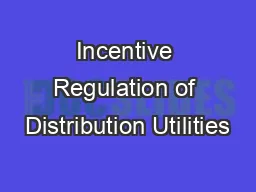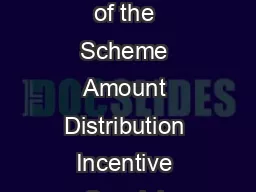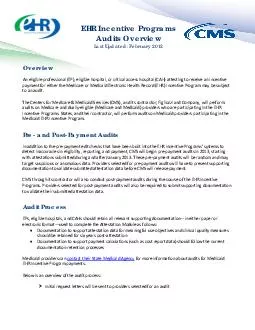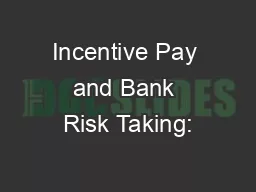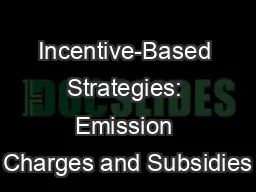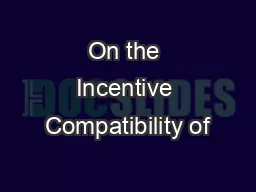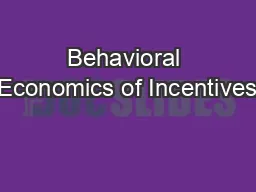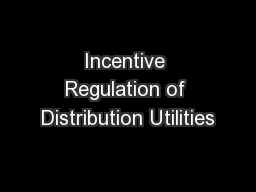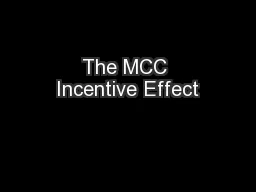PPT-Incentive Regulation of Distribution Utilities
Author : tatyana-admore | Published Date : 2018-09-21
A Primer Theory and Practice Robert G Ozar PE Assistant Director Electric Reliability Division Michigan Public Service Commission August 11 2017 Section 1 Economic
Presentation Embed Code
Download Presentation
Download Presentation The PPT/PDF document "Incentive Regulation of Distribution Uti..." is the property of its rightful owner. Permission is granted to download and print the materials on this website for personal, non-commercial use only, and to display it on your personal computer provided you do not modify the materials and that you retain all copyright notices contained in the materials. By downloading content from our website, you accept the terms of this agreement.
Incentive Regulation of Distribution Utilities: Transcript
Download Rules Of Document
"Incentive Regulation of Distribution Utilities"The content belongs to its owner. You may download and print it for personal use, without modification, and keep all copyright notices. By downloading, you agree to these terms.
Related Documents

